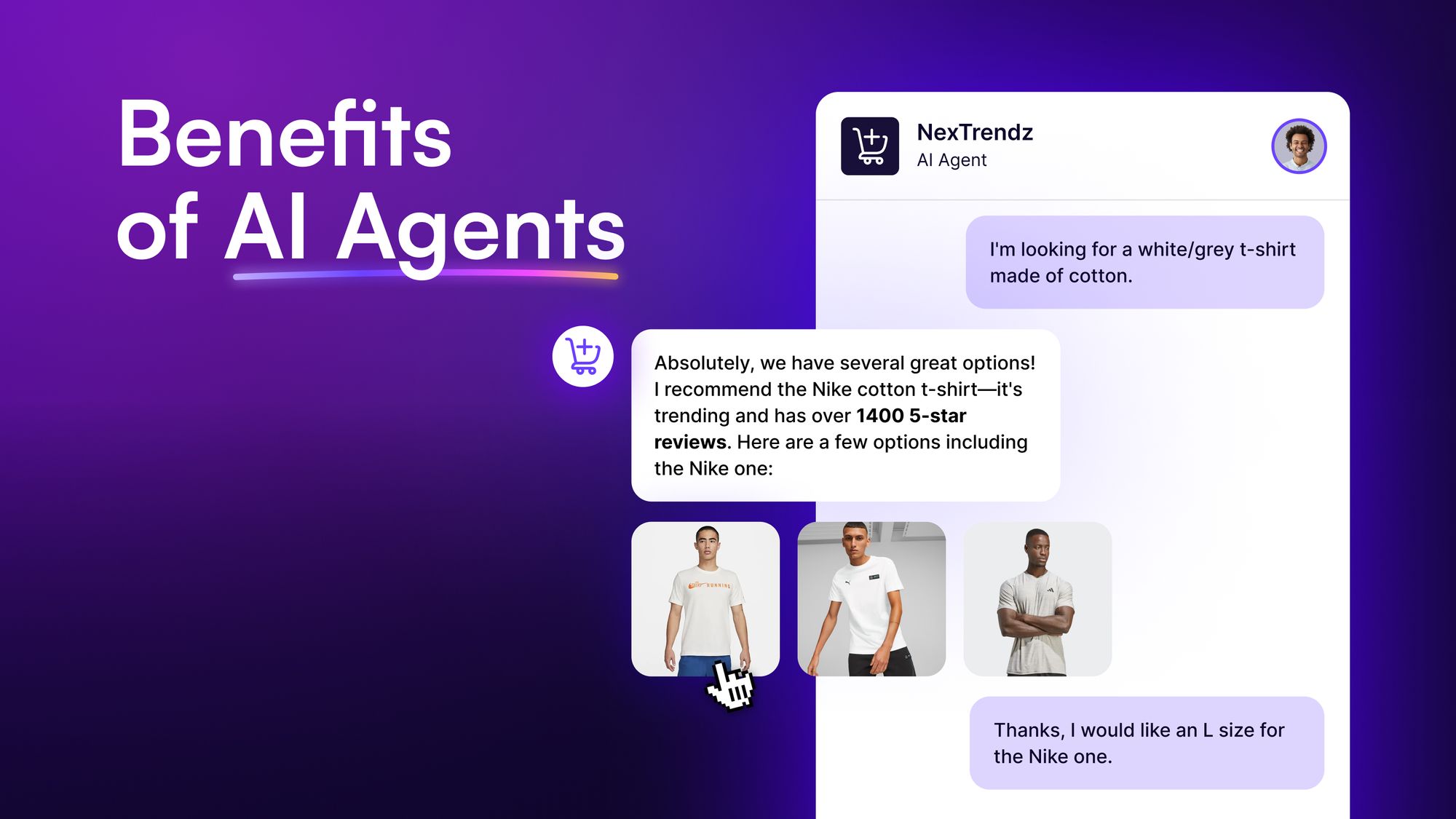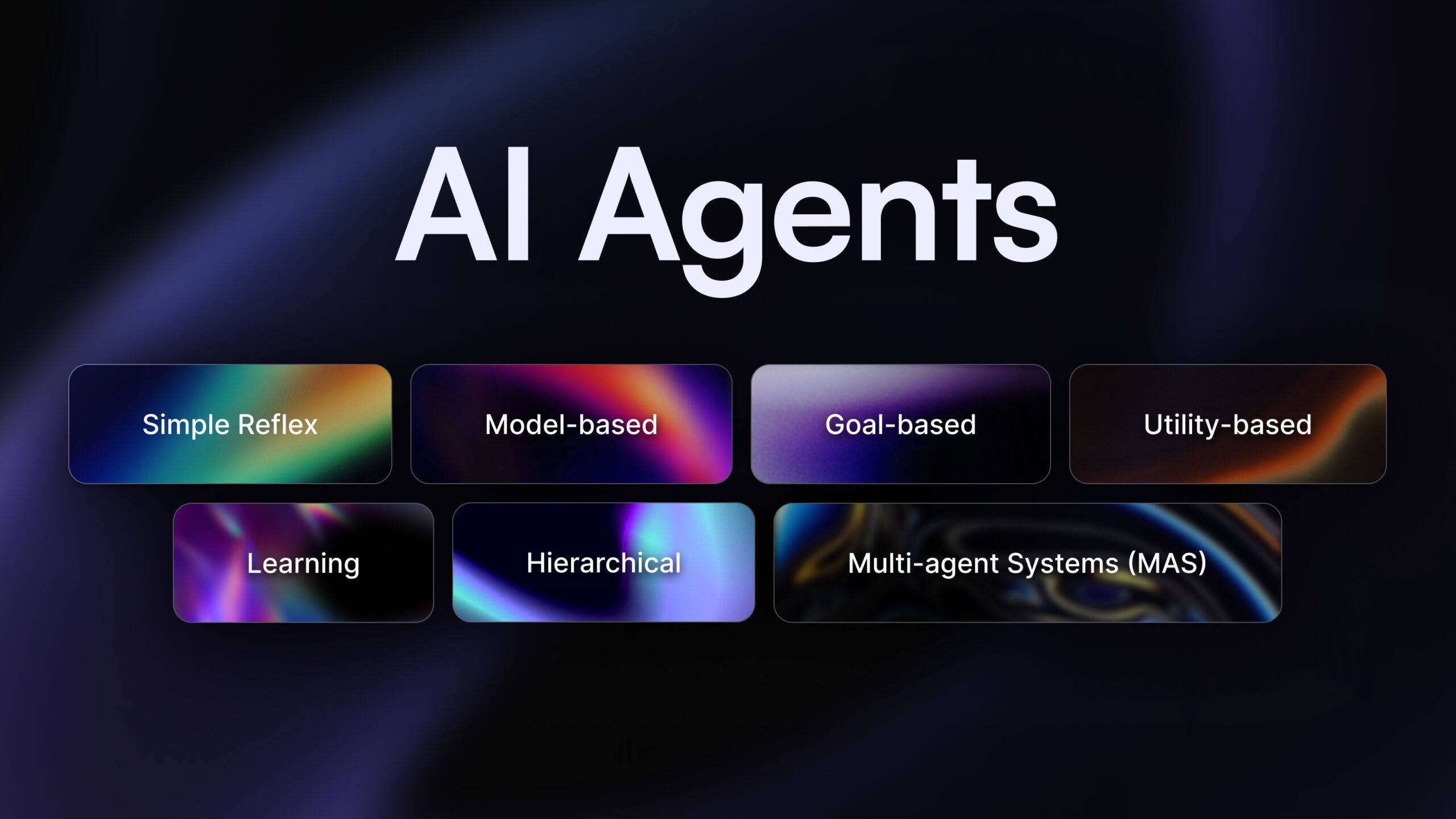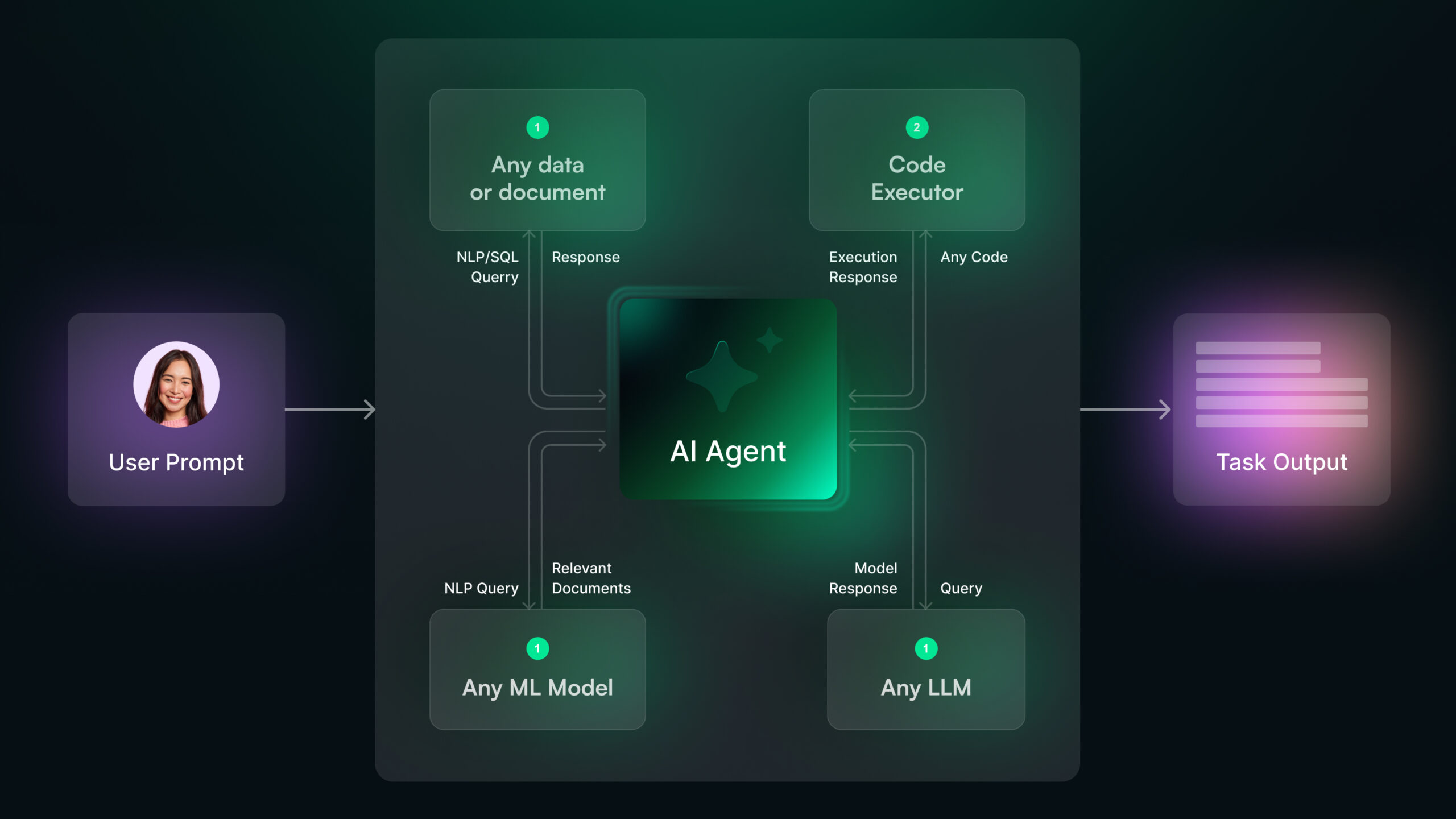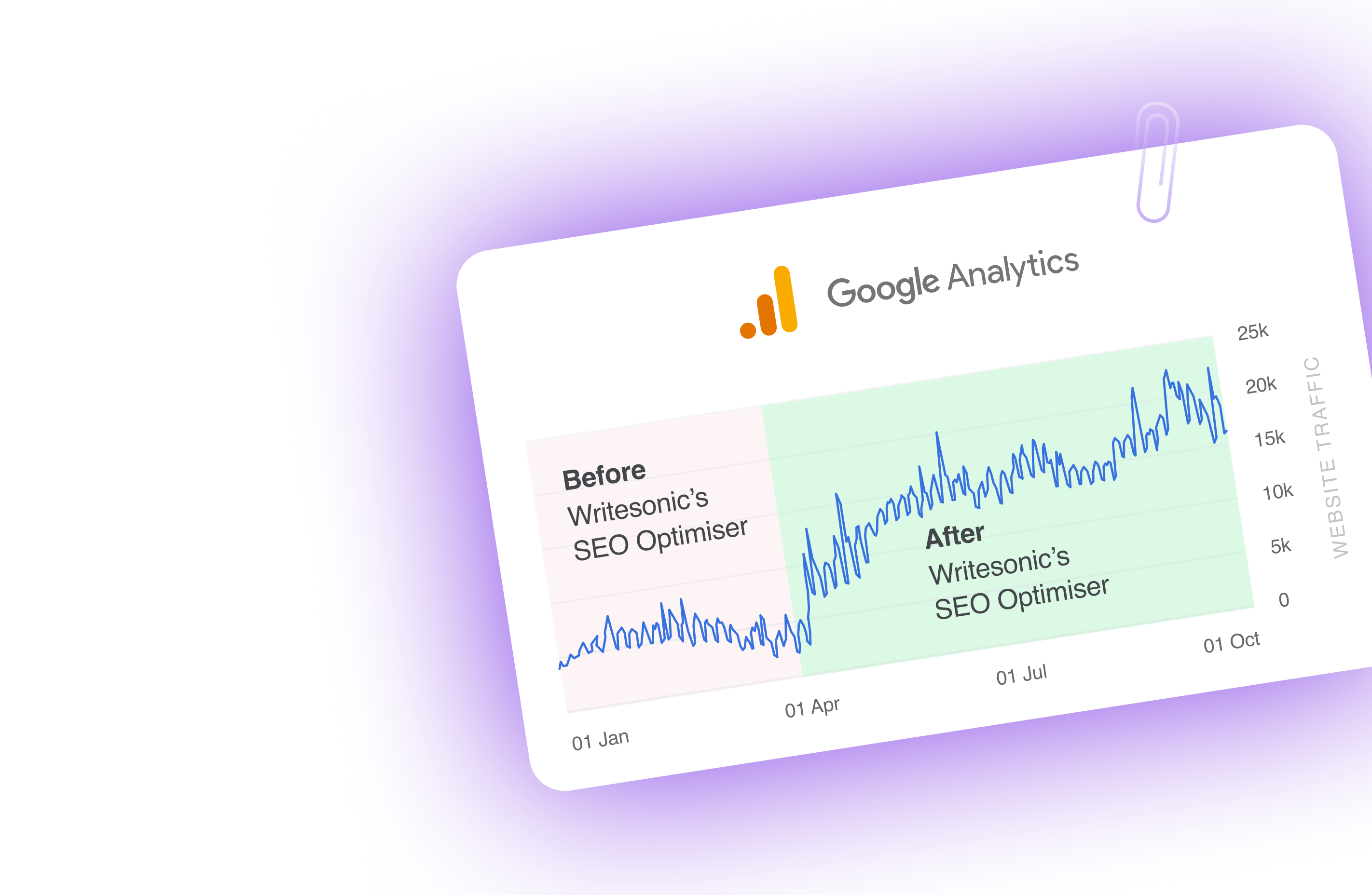“DeepSeek vs. ChatGPT — which AI model should I choose?”
If you’ve been using ChatGPT for quite some time, the new release by DeepSeek might have definitely brought this question to your mind.
DeepSeek R1, which was released on January 20, 2025, has already caught the attention of both tech giants and the general public. With its claims matching its performance with AI tools like ChatGPT, it’s tempting to give it a try.
But before you open DeepSeek R1 on your devices, let’s compare the new AI tool to the veteran one, and help you decide which one’s better.
In this article, we’ll compare DeepSeek vs. ChatGPT in-depth, and discuss its architecture, use cases, and performance benchmarks.
Ready to learn which one’s better? Let’s dive straight in.
DeepSeek vs. ChatGPT: A Quick Comparison
Here’s a comparative table of DeepSeek vs. ChatGPT for a quick glance:
| Category | DeepSeek | ChatGPT |
| Release Date | January 20, 2025 | November 30, 2022 |
| Architecture | Mixture-of-Experts (MoE) with 671 billion parameters | Transformer-based GPT architecture with 175 billion parameters |
| Performance (Mathematics) | 90.2% on MATH-500 benchmark | 96.4% on MATH-500 benchmark |
| Performance (Coding) | 96.3% on Codeforces benchmark | 96.6% on Codeforces benchmark |
| Performance (General Knowledge) | 90.8% on MMLU | 91.8% on MMLU |
| Efficiency & Speed | Up to twice as fast for complex tasks | Slower due to extensive parameter usage |
| Main Use Cases | Logical reasoning, problem solving, coding, academic & scientific research | Content creation, education, creative projects, coding |
| Cost | Free for end-users; Input: $0.55 per million tokens, Output: $2.19 per million tokens | Free for older versions; $20/month for ChatGPT Plus; Input: $15 per million tokens, Output: $60 per million tokens |
| Accessibility | Open-source, flexible for technical experts | User-friendly, pre-built integrations, not open-source |
| Ideal Users | Startups, smaller businesses, technical experts | General-purpose users, marketers, educators |
| Customization | High potential for customization through open-source contributions | Limited customization due to closed-source nature |
| Pricing for Enterprises | Affordable, especially for high-volume usage | Expensive for large-scale use due to high operational costs |
What is ChatGPT?
ChatGPT is a generative AI platform developed by OpenAI in 2022. It uses the Generative Pre-trained Transformer (GPT) architecture and is powered by OpenAI’s proprietary large language models (LLMs) GPT-4o and GPT-4o mini.
The AI platform is designed to understand and generate natural, human-like text based on prompts provided by users. As it is trained on massive text-based datasets, ChatGPT can perform a diverse range of tasks, such as answering questions, generating creative content, assisting with coding, and providing educational guidance.
With such a variety of use cases, it is clear that ChatGPT is a general-purpose platform. However, that’s also one of the key strengths — the versatility. On its own, it may give generic outputs.
But, it can be integrated into applications for customer service, virtual assistants, and content creation. Its sophisticated language comprehension capabilities allow it to maintain context across interactions, providing coherent and contextually relevant responses.
However, despite its impressive capabilities, ChatGPT has limitations. For instance, it may sometimes generate incorrect or nonsensical answers and lack real-time information access, relying solely on pre-existing training data.
Also, there are some ethical concerns around the model’s potential biases and misuse have prompted OpenAI to implement robust safety measures and ongoing updates.
If you’re new to ChatGPT, check our article on how to use ChatGPT to learn more about the AI tool.
What is DeepSeek R1?
DeepSeek R1 is an AI-powered conversational model that relies on the Mixture-of-Experts architecture. Even though the model released by Chinese AI company DeepSeek is quite new, it is already called a close competitor to older AI models like ChatGPT, Perplexity, and Gemini.
What sets DeepSeek apart is its open-source nature and efficient architecture. This allows developers to adapt and build upon it without the high infrastructure costs associated with more resource-intensive models. For startups and smaller businesses that want to use AI but don’t have large budgets for it, DeepSeek R1 is a good choice.
Another noteworthy factor of DeepSeek R1 is its performance. In various benchmark tests, DeepSeek R1 performed at par with
Due to this, DeepSeek has been recognized for its cost-effectiveness, accessibility, and strong performance in tasks such as natural language processing and contextual understanding.
As DeepSeek continues to gain traction, it stands as a formidable contender in the AI landscape, challenging established players like ChatGPT and fueling further advancements in conversational AI technology.
Learn more about what is DeepSeek-R1 from our detailed guide.
DeepSeek vs ChatGPT: Architecture
Though both DeepSeek and ChatGPT are AI platforms that use natural language processing (NLP) and machine learning (ML), the way they are trained and built is quite different. Both models use different architecture types, which also changes the way they perform.
DeepSeek uses the Mixture-of-Experts (MoE) architecture
DeepSeek’s Mixture-of-Experts (MoE) architecture is one of the more advanced approaches to solving problems using AI.
Imagine a team of specialized experts, each focusing on a specific task. That’s essentially how DeepSeek operates. With a staggering 671 billion total parameters, DeepSeek activates only about 37 billion parameters for each task — that’s like calling in just the right experts for the job at hand.
This selective activation is made possible through DeepSeek’s innovative Multi-Head Latent Attention (MLA) mechanism. This approach allows DeepSeek to handle complex tasks with remarkable efficiency, often processing information up to twice as fast as traditional models for tasks like coding and mathematical computations.
ChatGPT uses the transformer model architecture
ChatGPT is built upon OpenAI’s GPT architecture, which leverages transformer-based neural networks. The model employs a self-attention mechanism to process and generate text, allowing it to capture complex relationships within input data.
With 175 billion parameters, ChatGPT’s architecture ensures that all of its “knowledge” is available for every task. This means, unlike DeepSeek, ChatGPT does not call only the required parameters for a prompt. Rather, it employs all 175 billion parameters every single time, whether they’re required or not.
This extensive parameter set enables ChatGPT to deliver highly accurate and context-aware responses. But, this also means it consumes significant amounts of computational power and energy resources, which is not only expensive but also unsustainable.
DeepSeek vs. ChatGPT: Performance Benchmarks
One of the crucial factors why DeepSeek gained quick popularity after its launch was how well it performed. In various benchmark tests, DeepSeek’s performance was the same as or close to ChatGPT o1.
Let’s deep-dive into each of these performance metrics and understand the DeepSeek vs. ChatGPT comparison in detail.
Mathematics
DeepSeek has shown remarkable performance in mathematical tasks, achieving a 90.2% accuracy rate on the MATH-500 benchmark. On the same test, ChatGPT-o1 scores 96.4% while o1-mini scores even lower at 90%.
On paper, it looks like ChatGPT is close to DeepSeek in mathematical abilities. However, what’s remarkable is that we’re comparing one of DeepSeek’s earliest models to one of ChatGPT’s advanced models.
That’s why, there’s much more potential for DeepSeek to deliver more accurate and precise mathematical solutions with further models. And this applies to almost all parameters we are comparing here.
Coding Capabilities
Both models are quite close when it comes to coding:
- DeepSeek achieved a 96.3% score on the Codeforces benchmark, a test designed to evaluate coding proficiency.
- ChatGPT was slightly higher with a 96.6% score on the same test.
As you can see, the differences are marginal.
General Knowledge
The Massive Multitask Language Understanding (MMLU) benchmark tests models on a wide range of subjects, from humanities to STEM fields. And ChatGPT fares better than DeepSeek in this test.
While DeepSeek scored 90.8% in MMLU, ChatGPT-o1 scored 91.8% — a single percent more than the new AI platform.
Efficiency and Speed Considerations
While raw performance scores are crucial, efficiency in terms of processing speed and resource utilization is equally important, especially for real-world applications.
DeepSeek’s MoE architecture allows it to process information more efficiently. Reports suggest that DeepSeek can be up to twice as fast as ChatGPT for complex tasks, particularly in areas like coding and mathematical computations.
However, it’s important to note that speed can vary depending on the specific task and context. ChatGPT’s dense architecture, while potentially less efficient for specialized tasks, ensures consistent performance across a wide range of queries.
DeepSeek vs. ChatGPT: Use Cases
While both DeepSeek and ChatGPT are conversational AI platforms, they don’t have the same capabilities. DeepSeek is built more for logical reasoning, mathematics, and problem-solving. ChatGPT is more of a general-purpose bot that can do a bit of everything.
Here are some use cases of ChatGPT vs. DeepSeek:
Use cases of DeepSeek
- Logical reasoning: DeepSeek can help in tasks requiring structured thought processes and decision-making, such as solving puzzles.
- Problem solving: It can provide solutions to complex challenges such as solving mathematical problems.
- Academic research: It can offer insights and generate summaries on academic topics.
- Scientific research: It can help scientists in data analysis, hypothesis generation, and literature reviews.
- Coding: You can use it for generating, optimizing, and debugging code.
Use cases of ChatGPT
- Content creation: Writers and marketers use ChatGPT to draft articles, generate social media posts, and create marketing copies.
- Education: ChatGPT assists learners by explaining complex concepts, answering questions, and creating study guides.
- Coding: You can use ChatGPT to generate and debug code snippets or even to learn coding.
- Creative projects: Artists and creators can utilize ChatGPT to brainstorm ideas, generate story plots, and write poetry.
Now that you’re familiar with the use cases of each of the AI platforms, let’s compare the cost of DeepSeek and ChatGPT.
DeepSeek vs. ChatGPT: Pricing
When considering the adoption of AI language models like DeepSeek and ChatGPT, cost becomes one of the deciding factors.
DeepSeek is currently free and unlimited to access for end-users.
ChatGPT also has a free version which gives access to older versions of GPT. For more advanced features, users need to sign up for ChatGPT Plus at $20 a month.
However, DeepSeek and ChatGPT also have separate running costs which may impact enterprises and companies with large-scale AI requirements.
Here’s the cost involved for running DeepSeek vs. ChatGPT.
DeepSeek:
- Input Cost: $0.55 per million tokens
- Output Cost: $2.19 per million tokens
ChatGPT:
- Input Cost: $15 per million tokens
- Output Cost: $60 per million tokens
At first glance, the cost difference is striking. DeepSeek’s pricing structure is significantly more affordable, especially for high-volume usage. This cost-effectiveness can be attributed to its efficient MoE architecture, which allows for lower operational costs.
DeepSeek vs. ChatGPT: Accessibility and User Experience
Beyond pricing, the accessibility and user experience of these AI models play a crucial role in their adoption:
As DeepSeek is open-source, it is much more accessible than ChatGPT for technical experts. It relies on community contributions and customizations and has a greater flexibility for specialized applications. It’s also accessible to end users at it’s free-of-cost for now.
ChatGPT, on the other hand, is user-friendly and offers a range of pre-built integrations and APIs. That’s great for end users. However, it’s not open-source which means people can’t freely access it to create their own applications using the LLM.
The choice between DeepSeek and ChatGPT in terms of cost and accessibility ultimately depends on an organization’s specific needs, technical capabilities, and long-term AI strategy. While DeepSeek offers a more cost-effective solution with greater customization potential, ChatGPT provides a more user-friendly, feature-rich experience that might be worth the premium for certain use cases.
Final Thoughts: DeepSeek vs. ChatGPT — Which One To Choose?
Both DeepSeek and ChatGPT are useful AI-powered platforms with similar accuracy and performance benchmarks. However, they differ in their use cases. While ChatGPT is better as a general-purpose AI tool, DeepSeek’s quick and efficient responses make it highly suitable for problem-solving and logical reasoning applications.
Ultimately, choosing between DeepSeek and ChatGPT or any other applications depends on what use case you require it for and which features you find the most helpful.
If both DeepSeek and ChatGPT aren’t meeting your requirements, you can try other specialized AI tools like Chatsonic.
Chatsonic is an SEO AI Agent that’s designed specifically for SEO and marketing use cases. From keyword research and competitor analysis to content creation, it can help you with all things marketing.
Plus, Chatsonic has been around for 4 years, making it a reliable AI solution compared to the newer tools.
If you’re looking for an AI marketing solution that packs the abilities of both DeepSeek, ChatGPT, and more — try Chatsonic today!

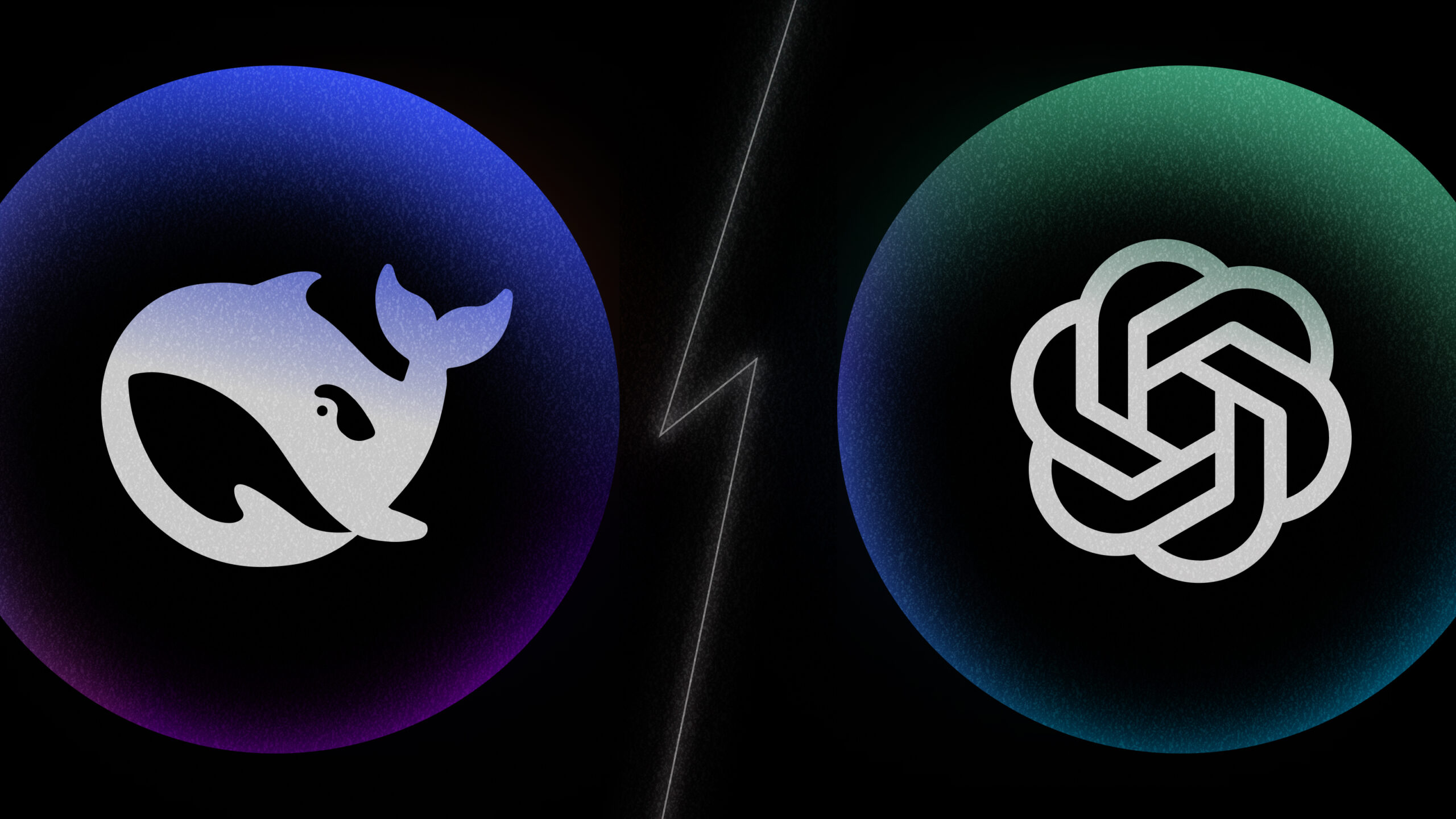

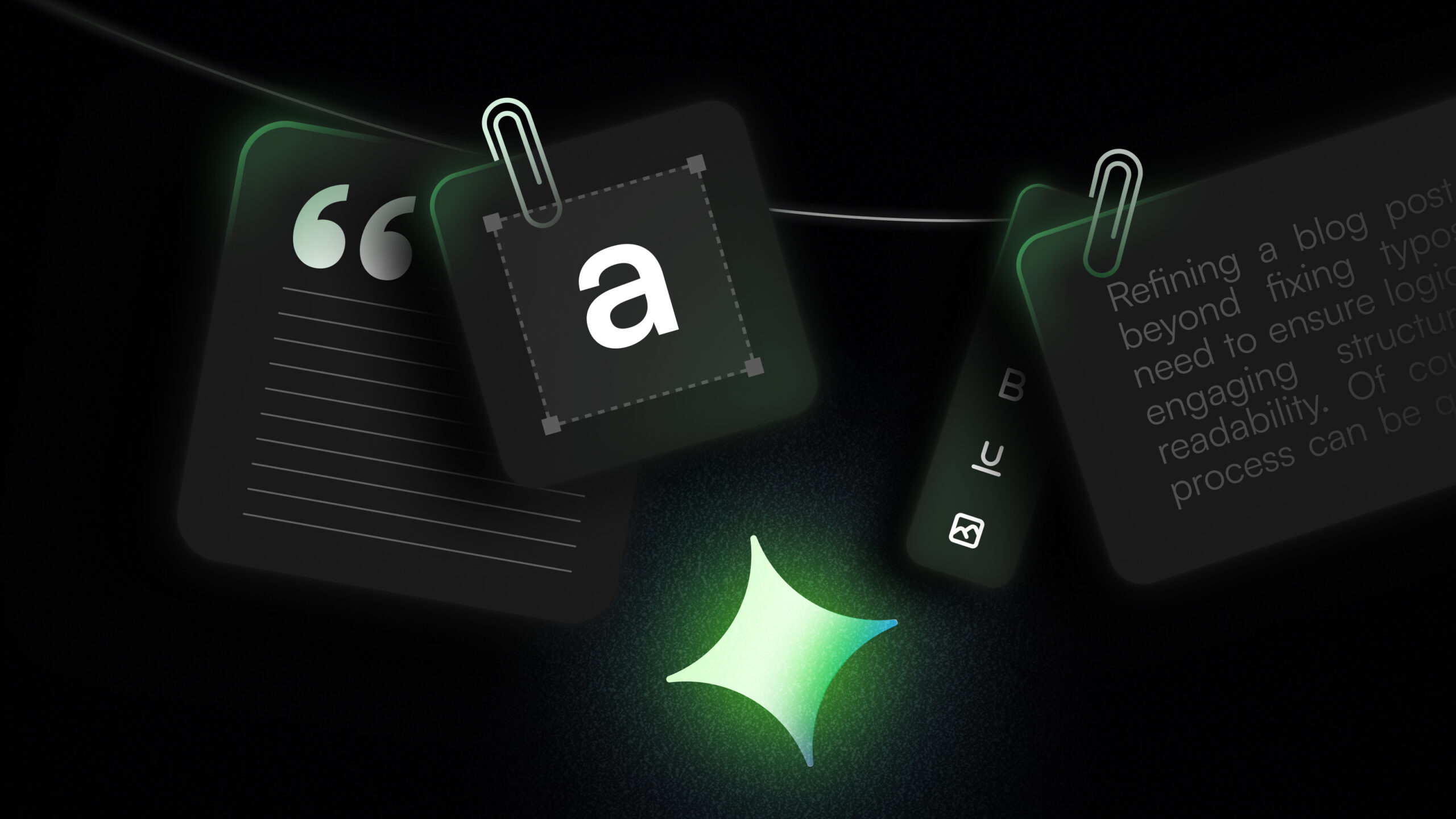

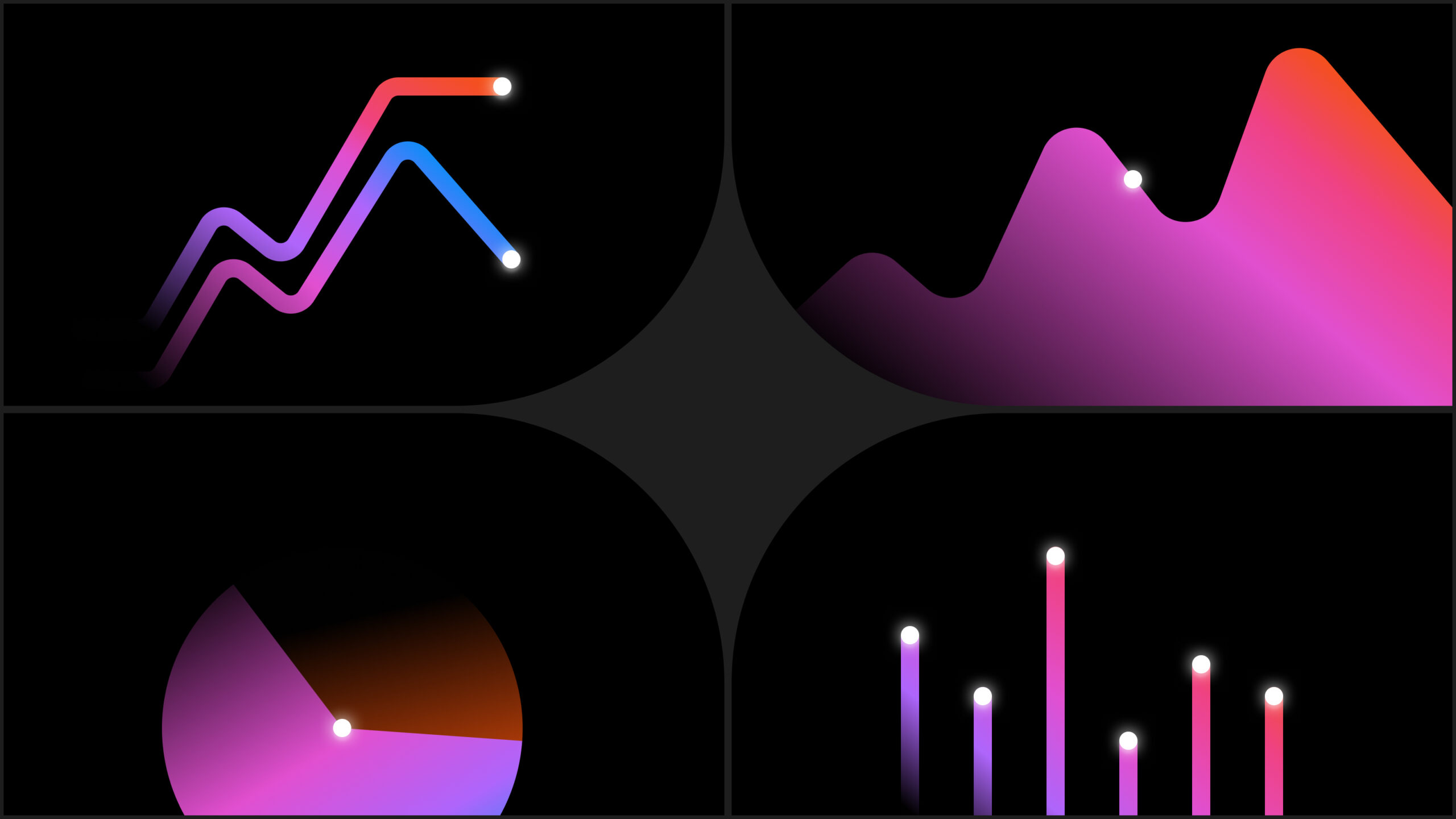

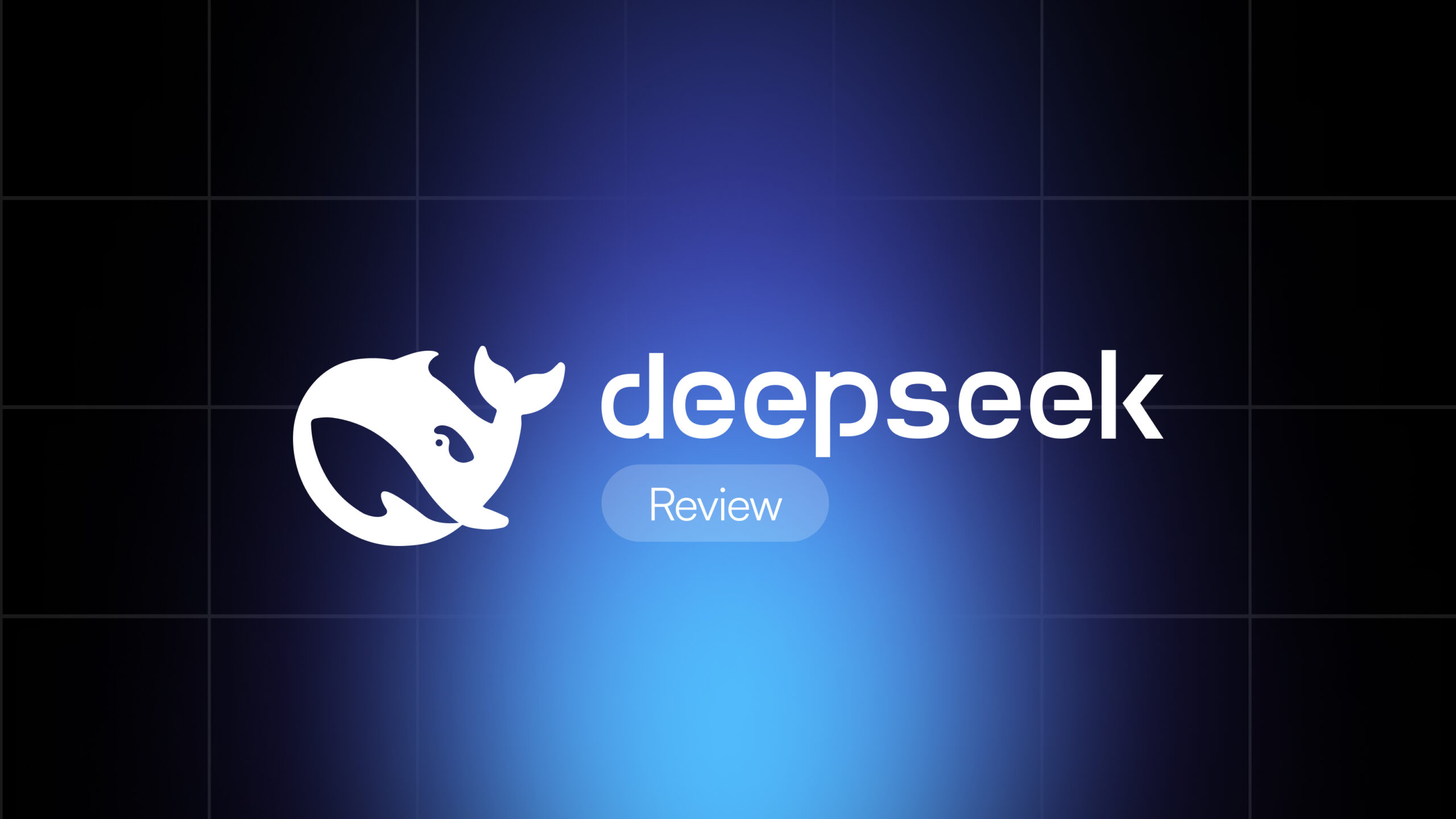

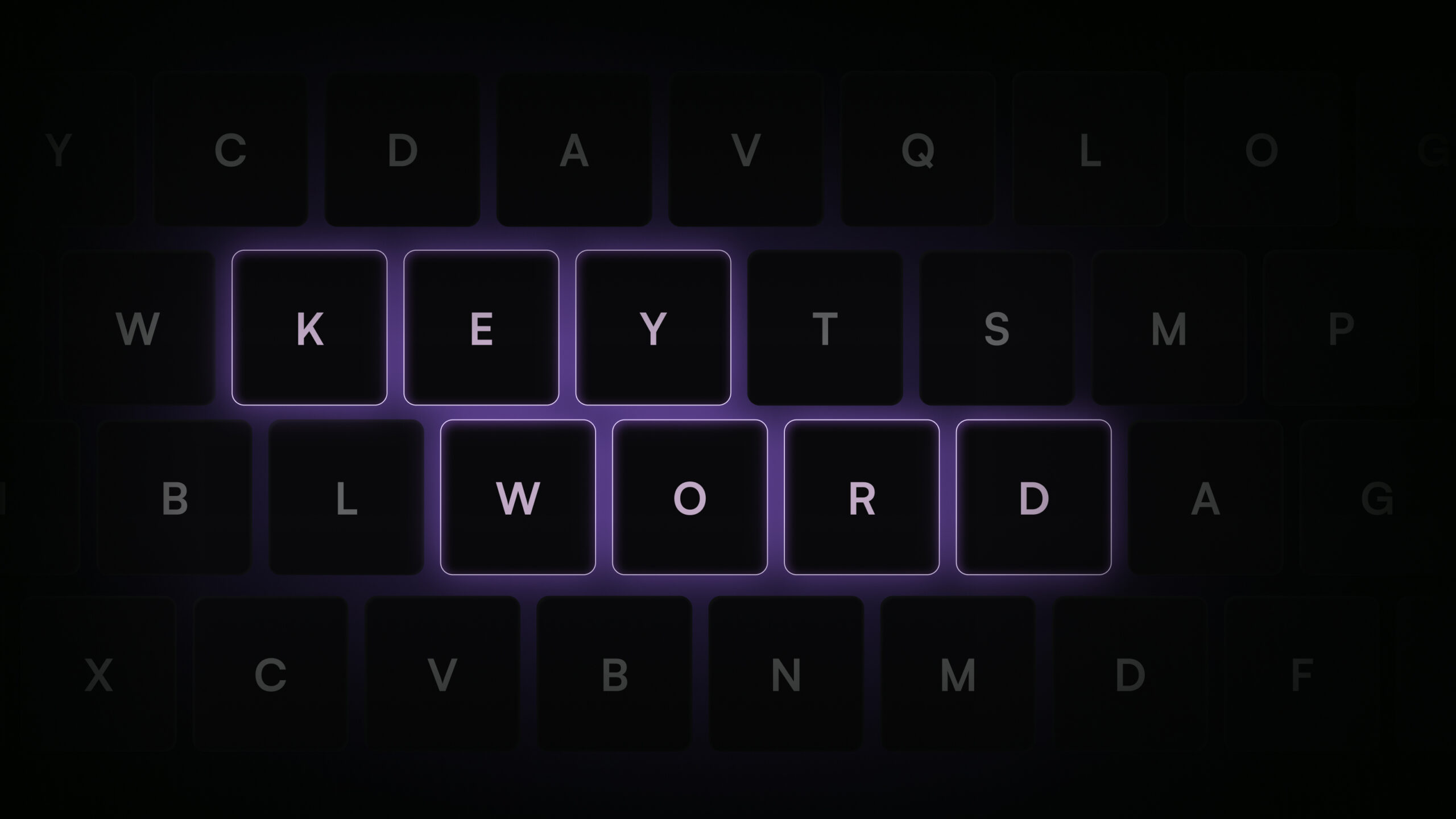
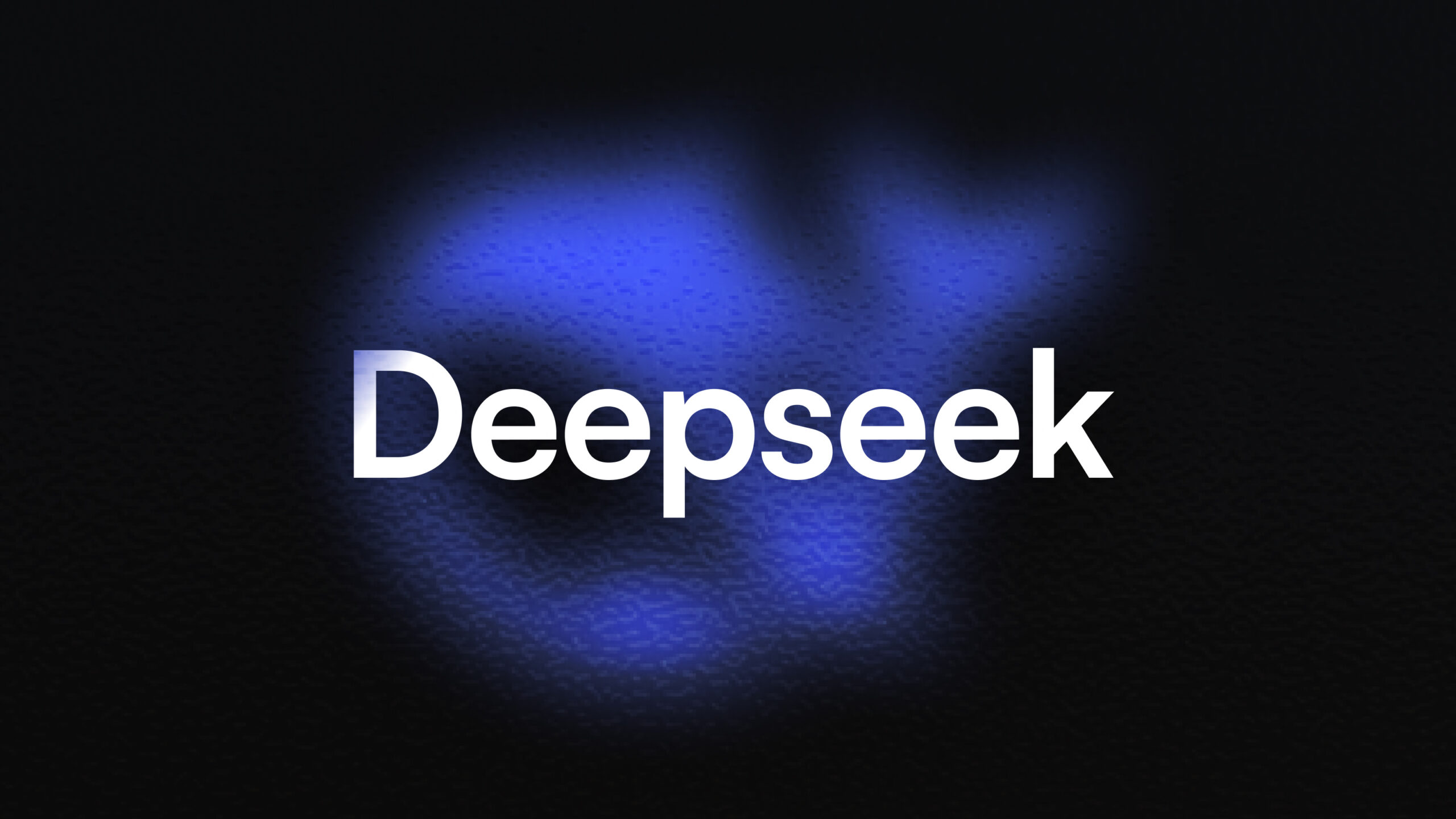
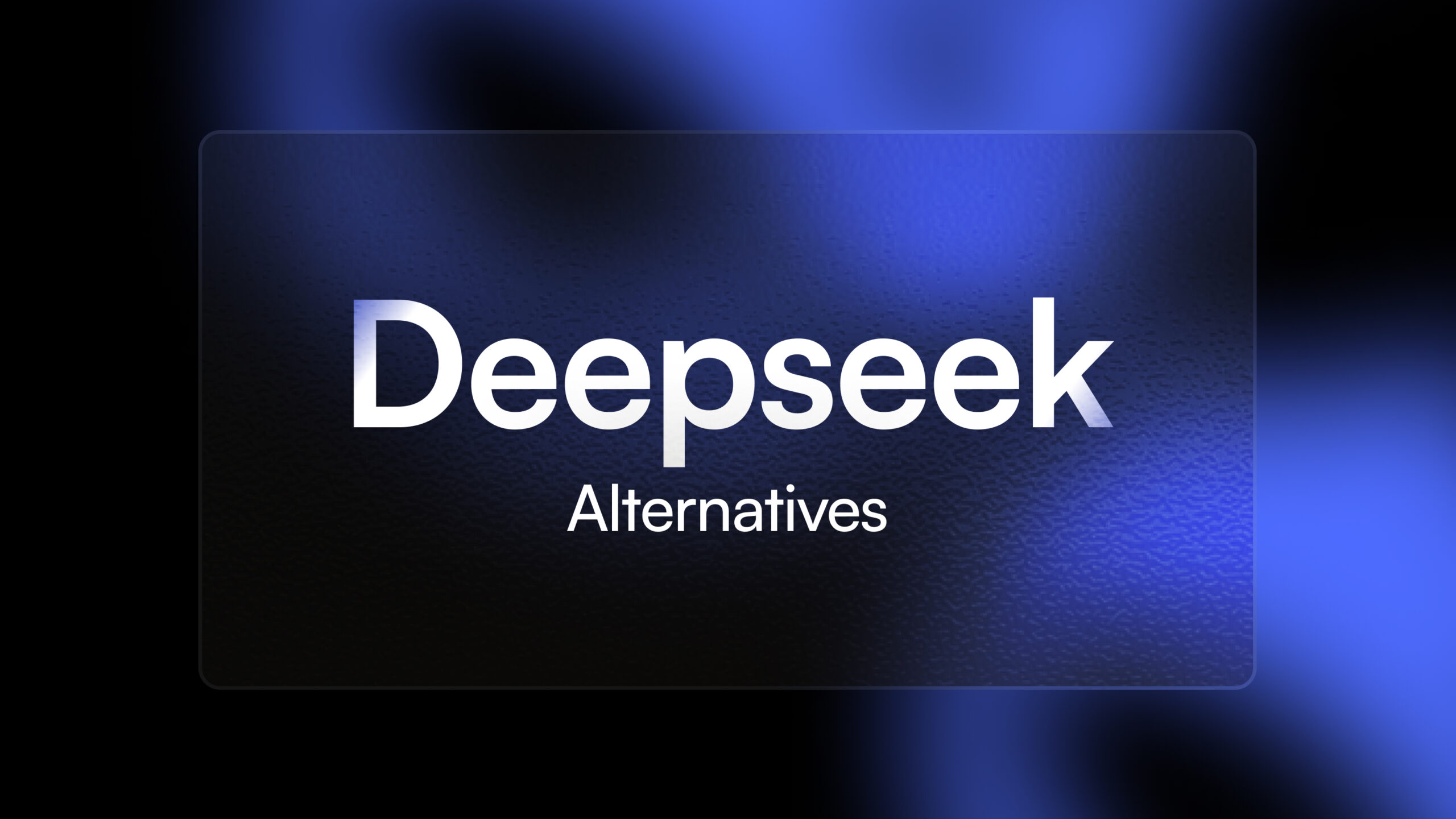


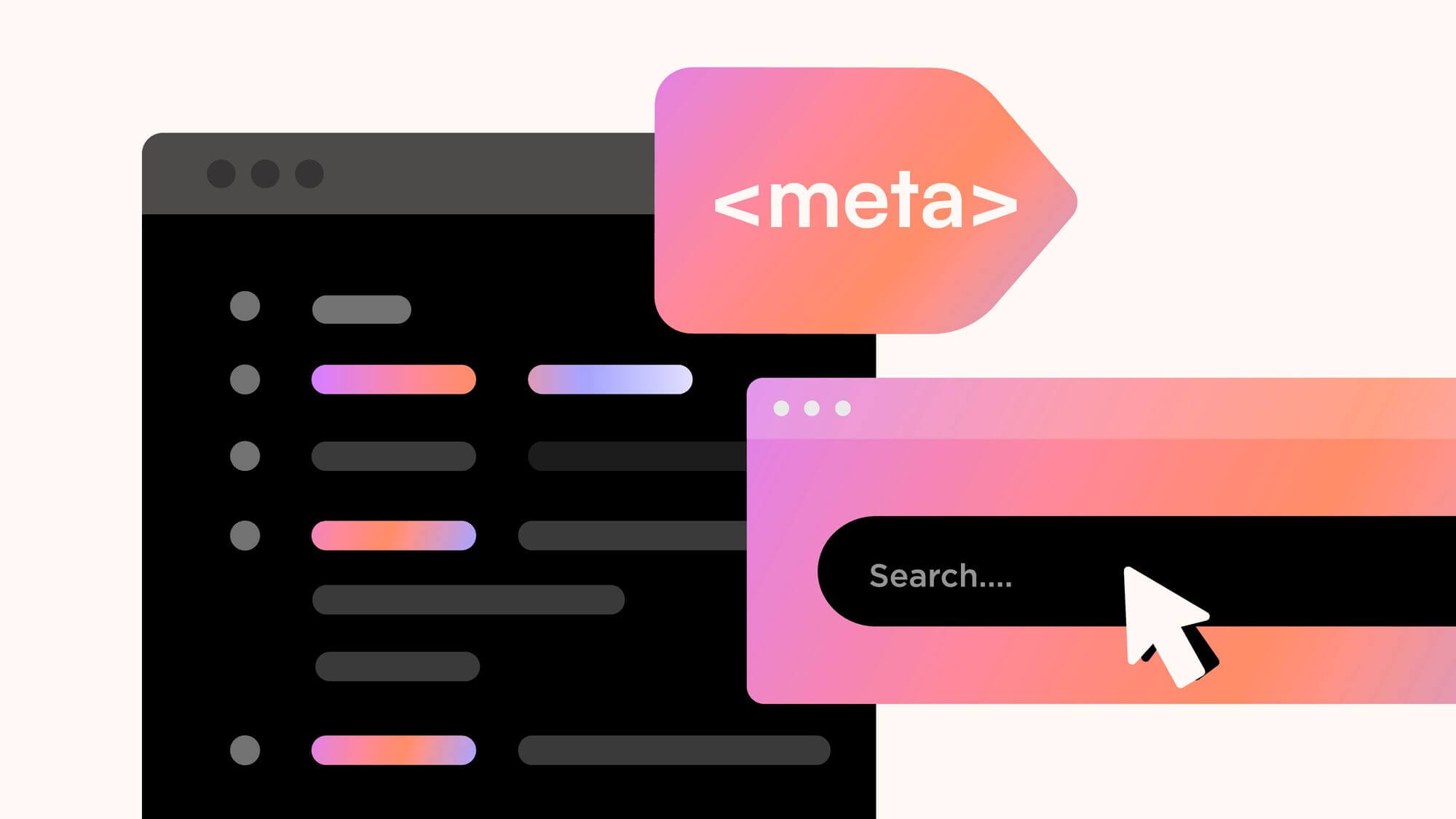

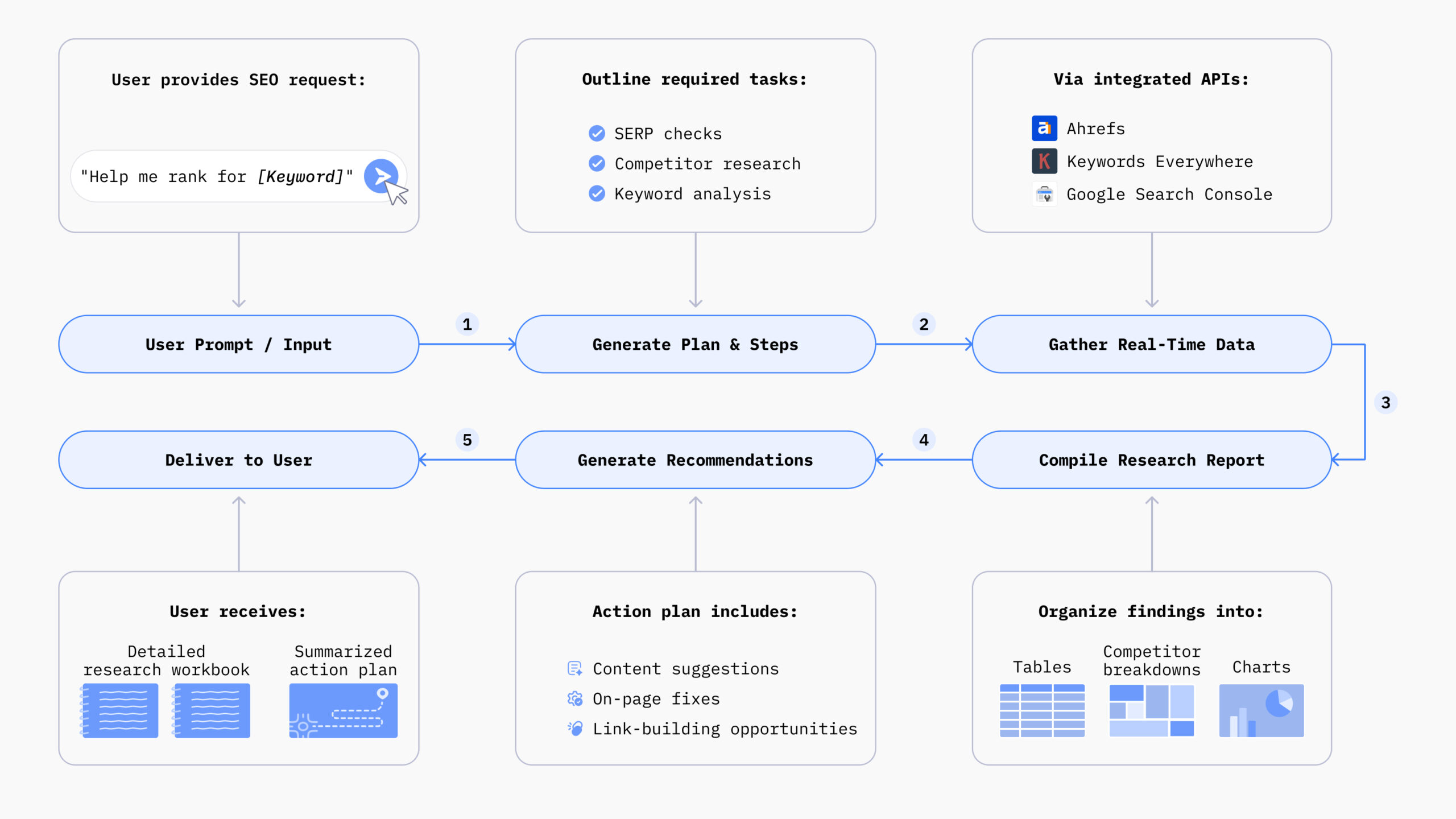





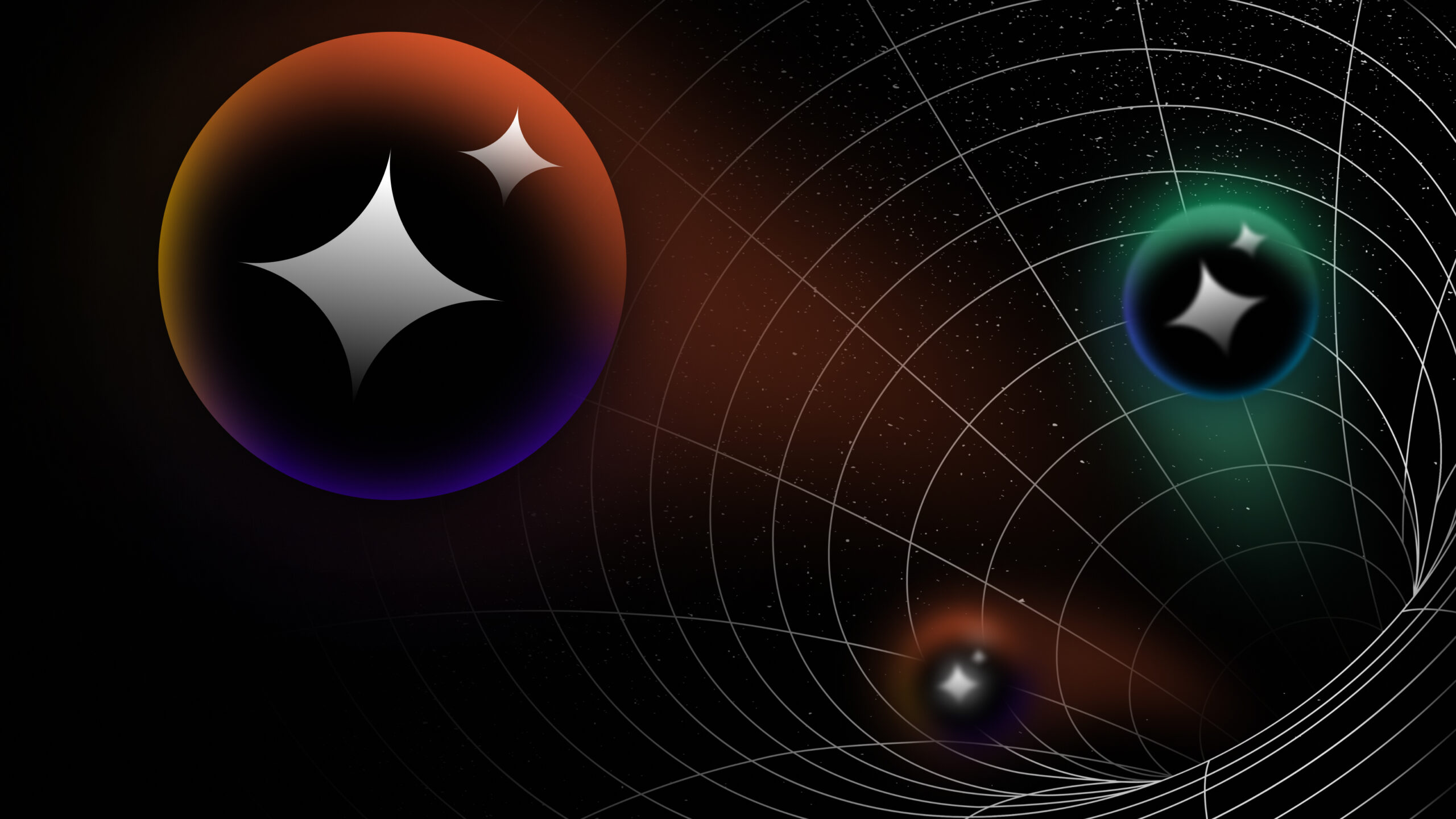
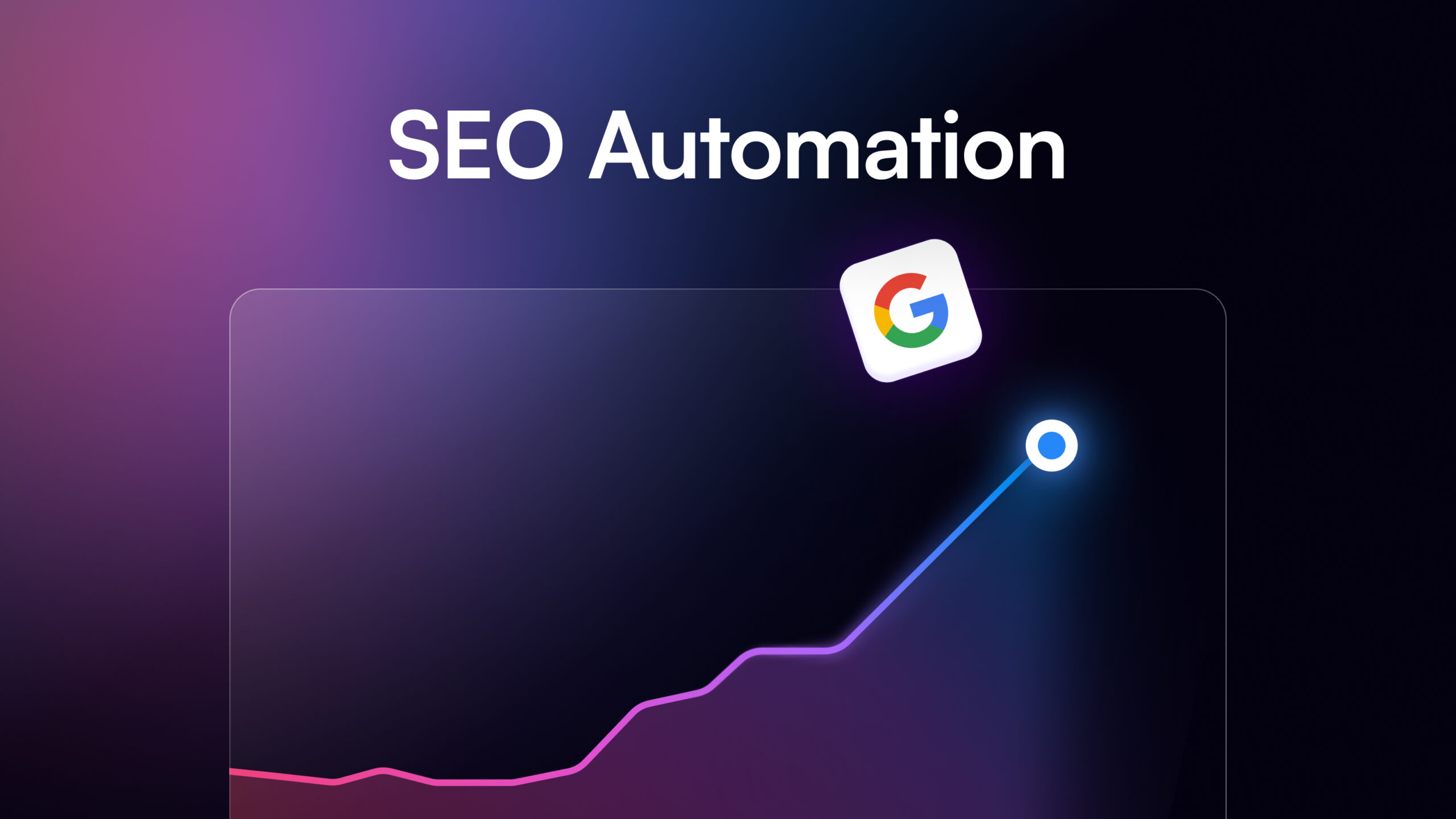

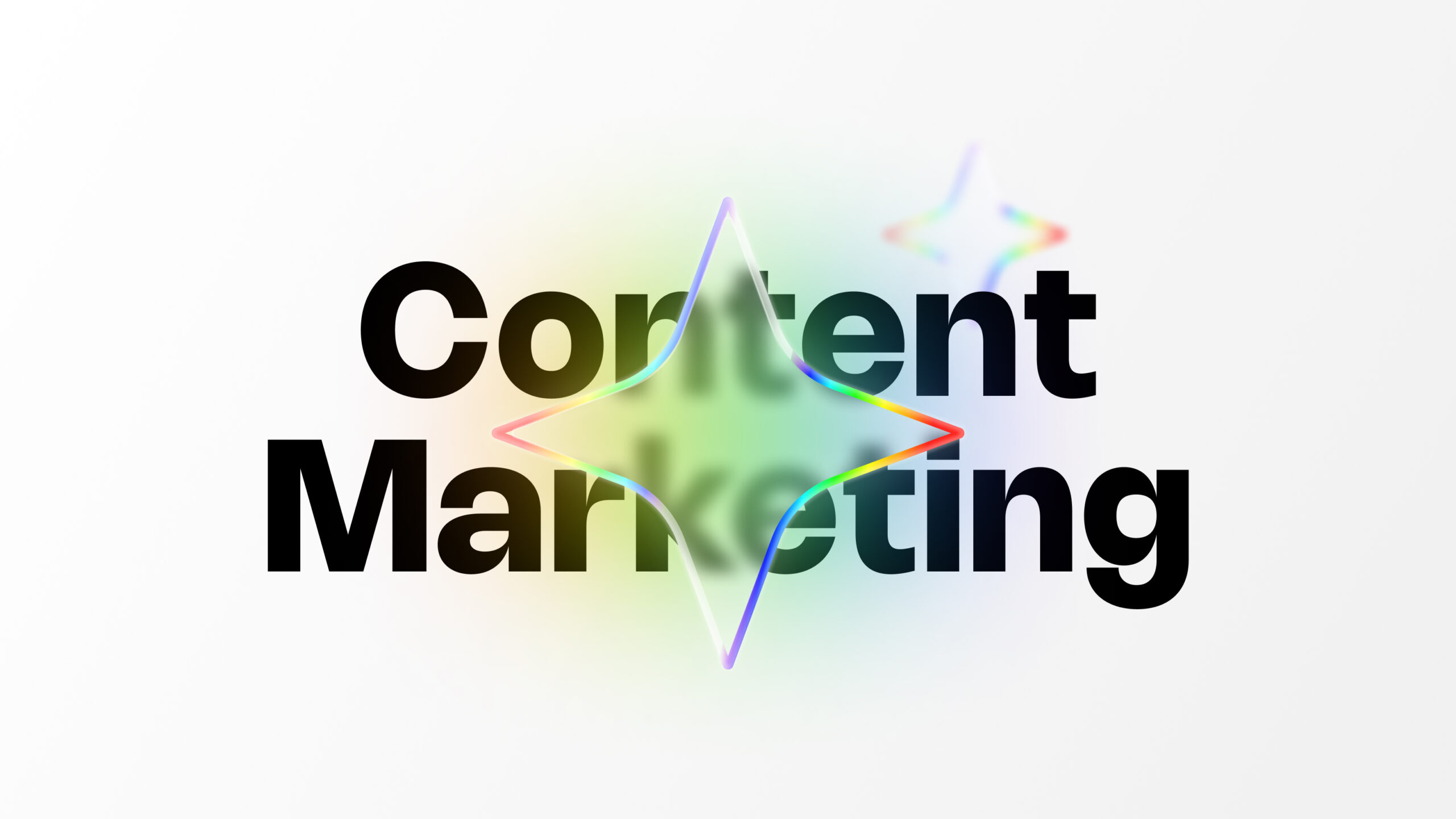

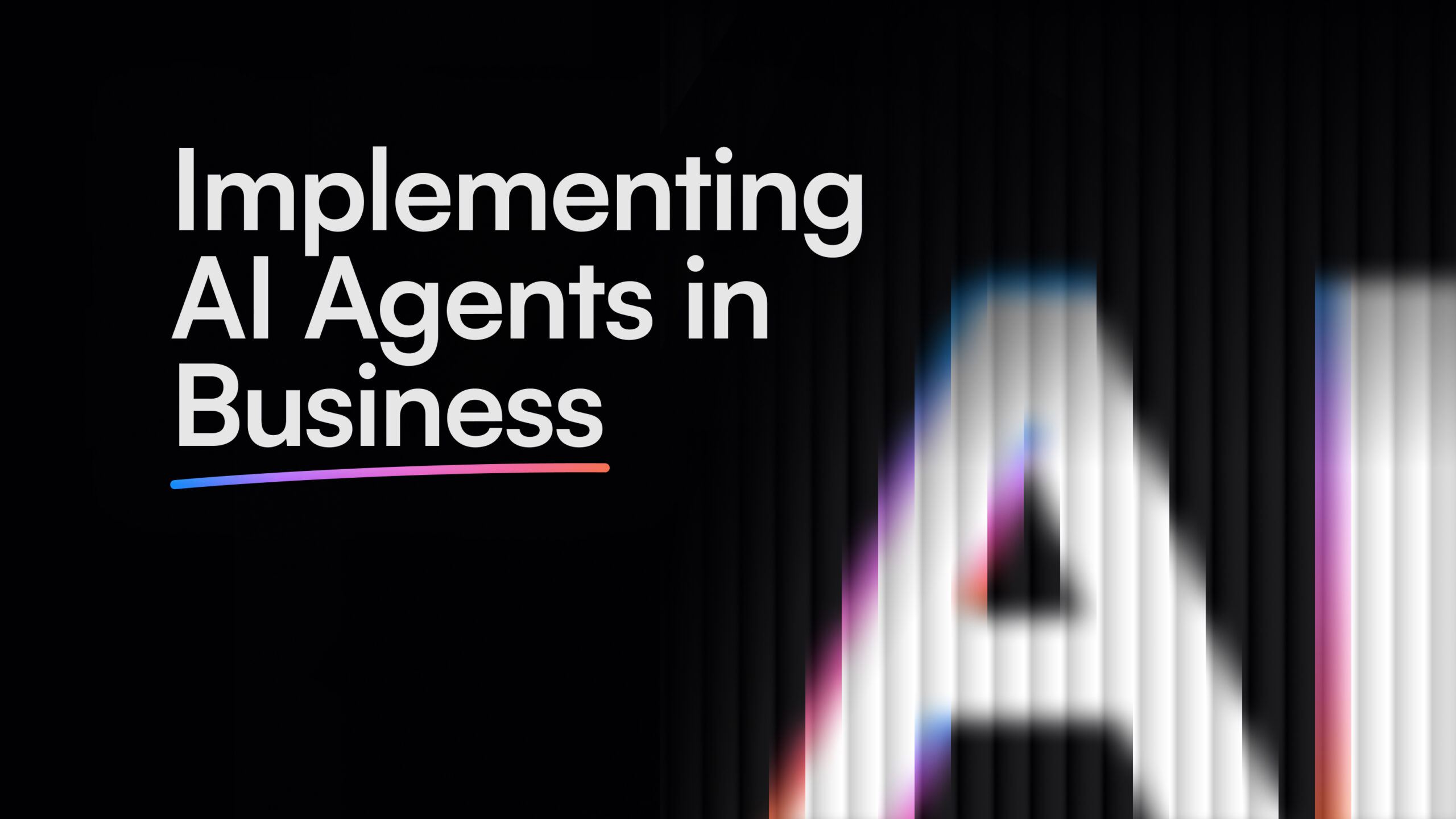

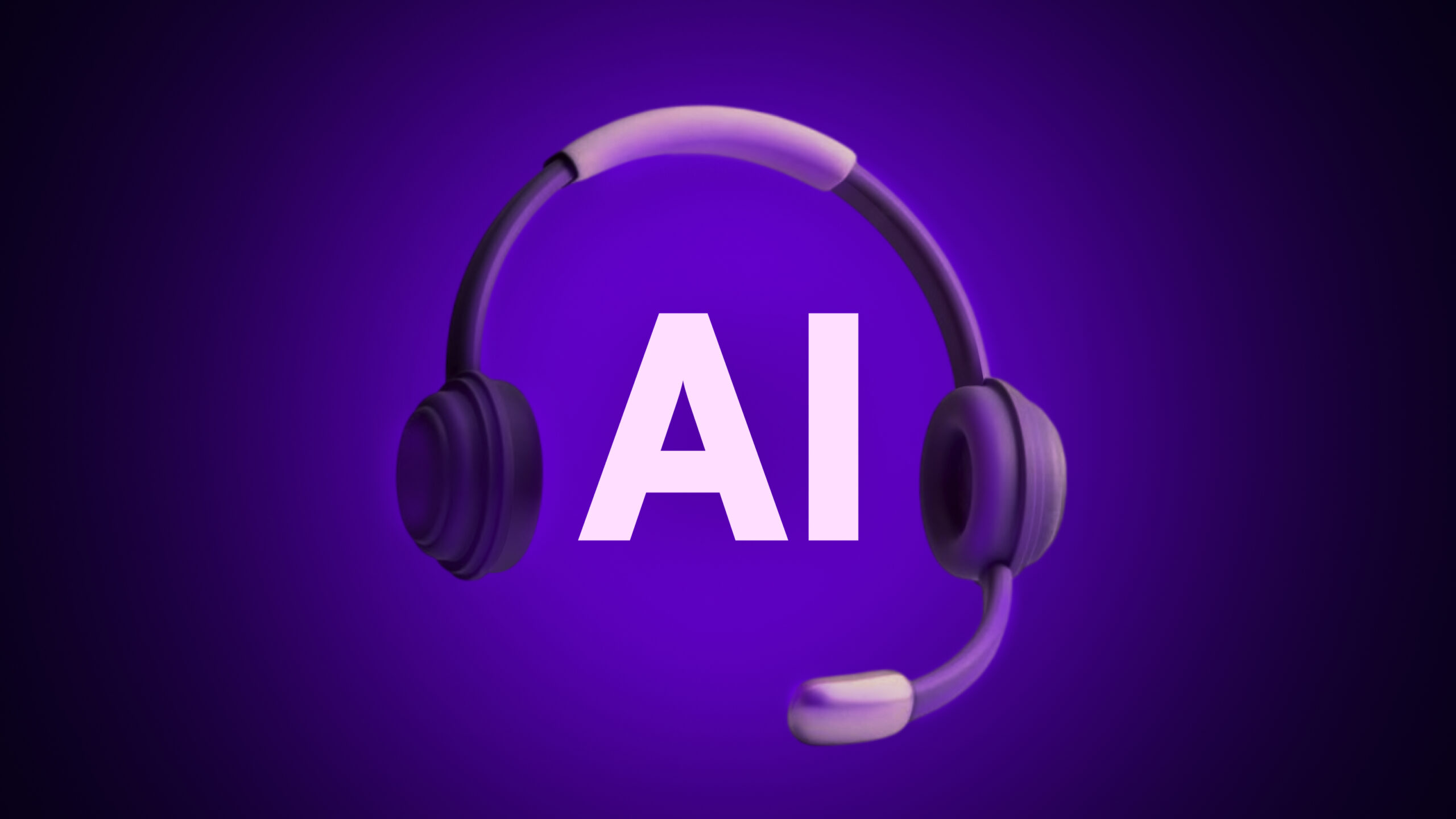
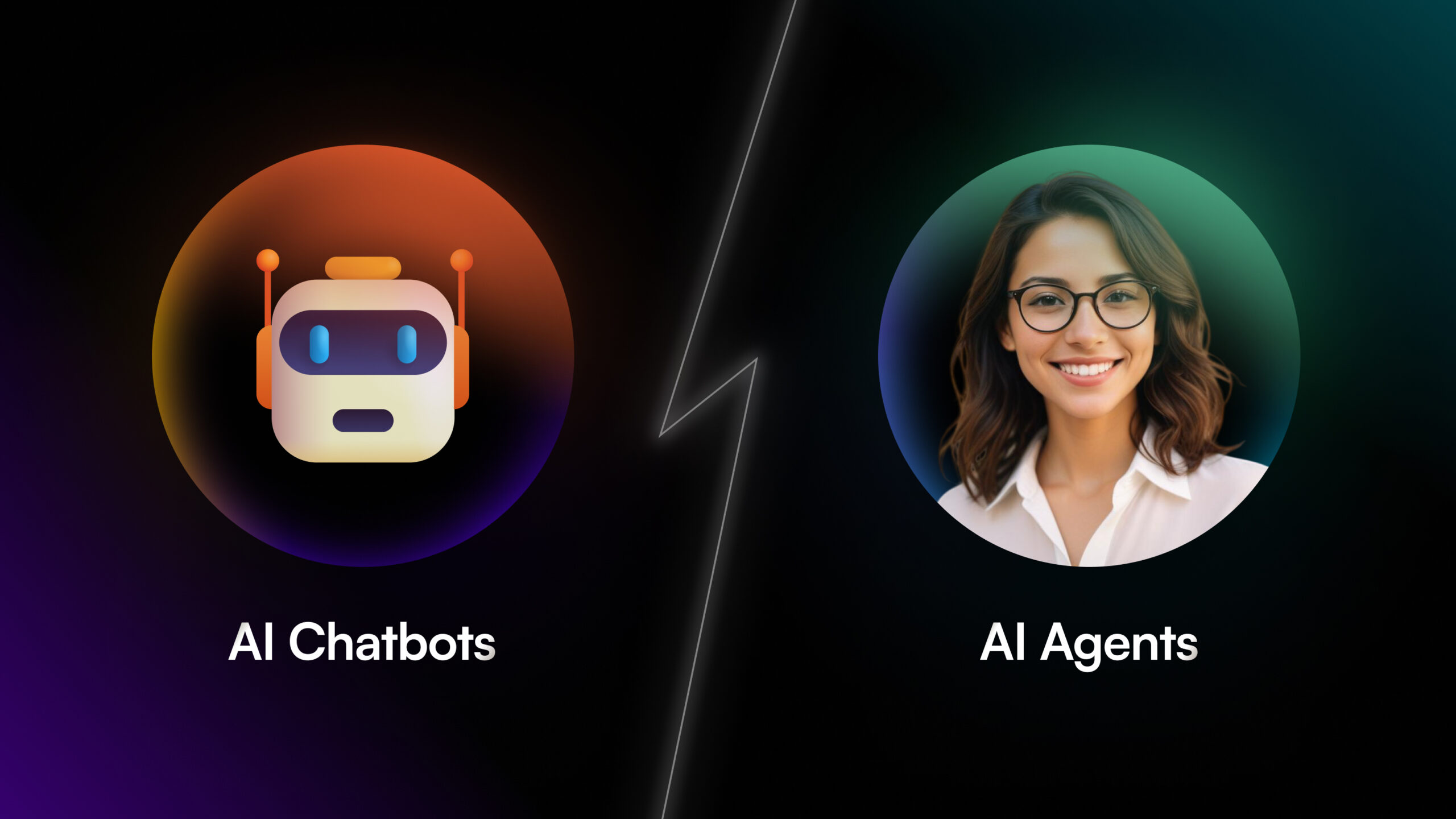
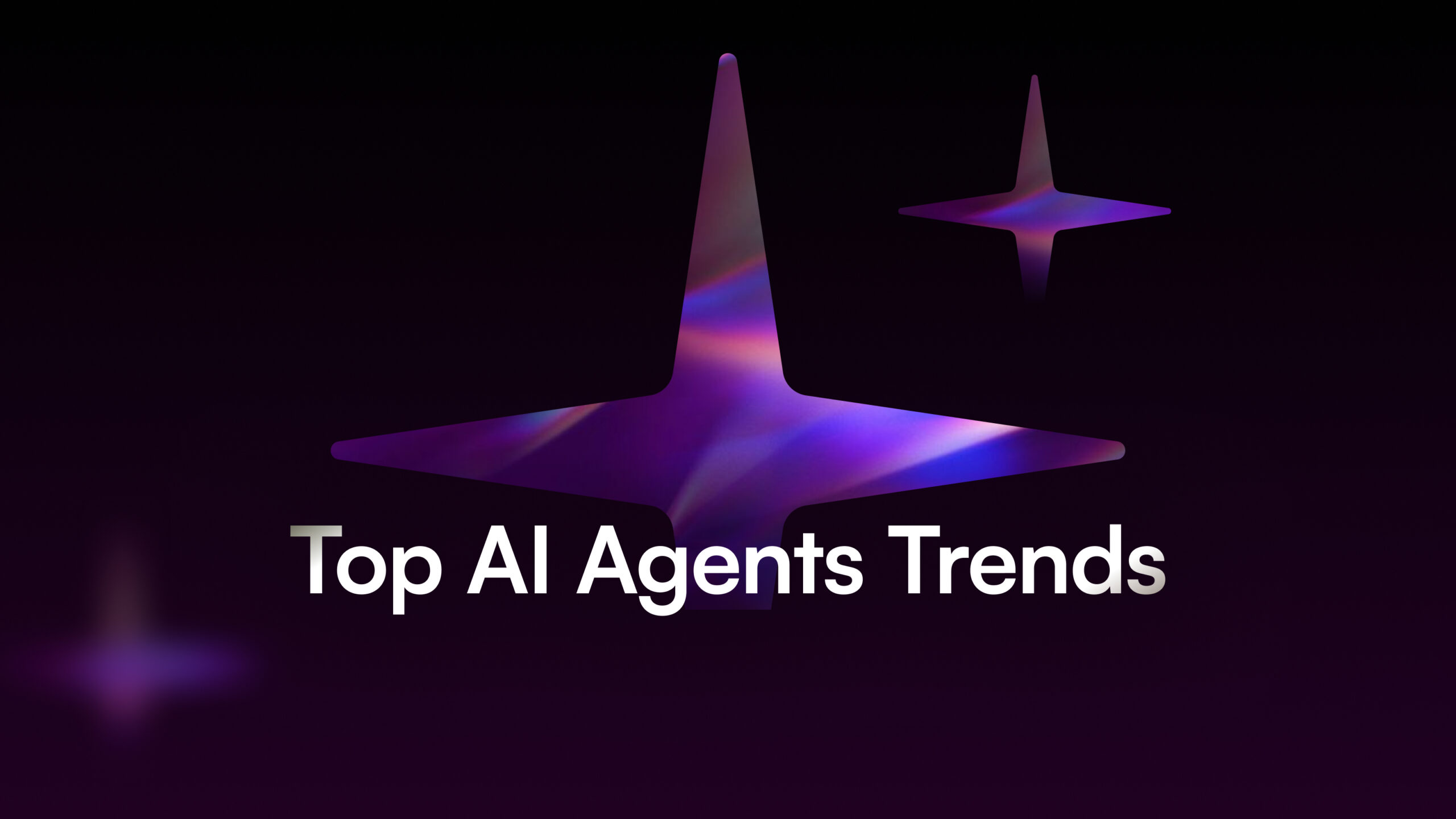
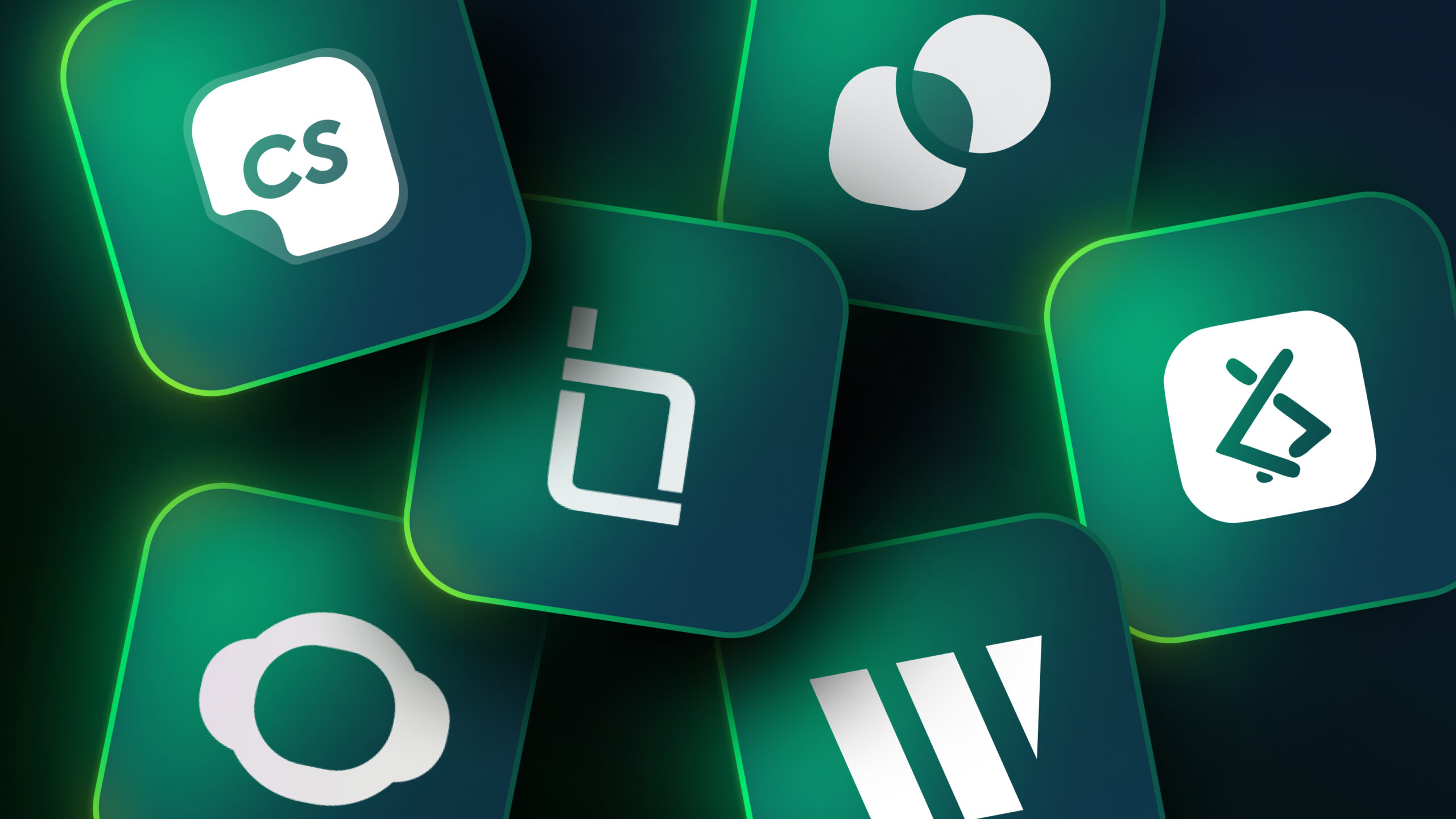
![How to Scale Your Business Using B2B AI Agents [+ Tools to Try]](/wp-content/uploads/B2B-AI-Agents-scaled.jpg)

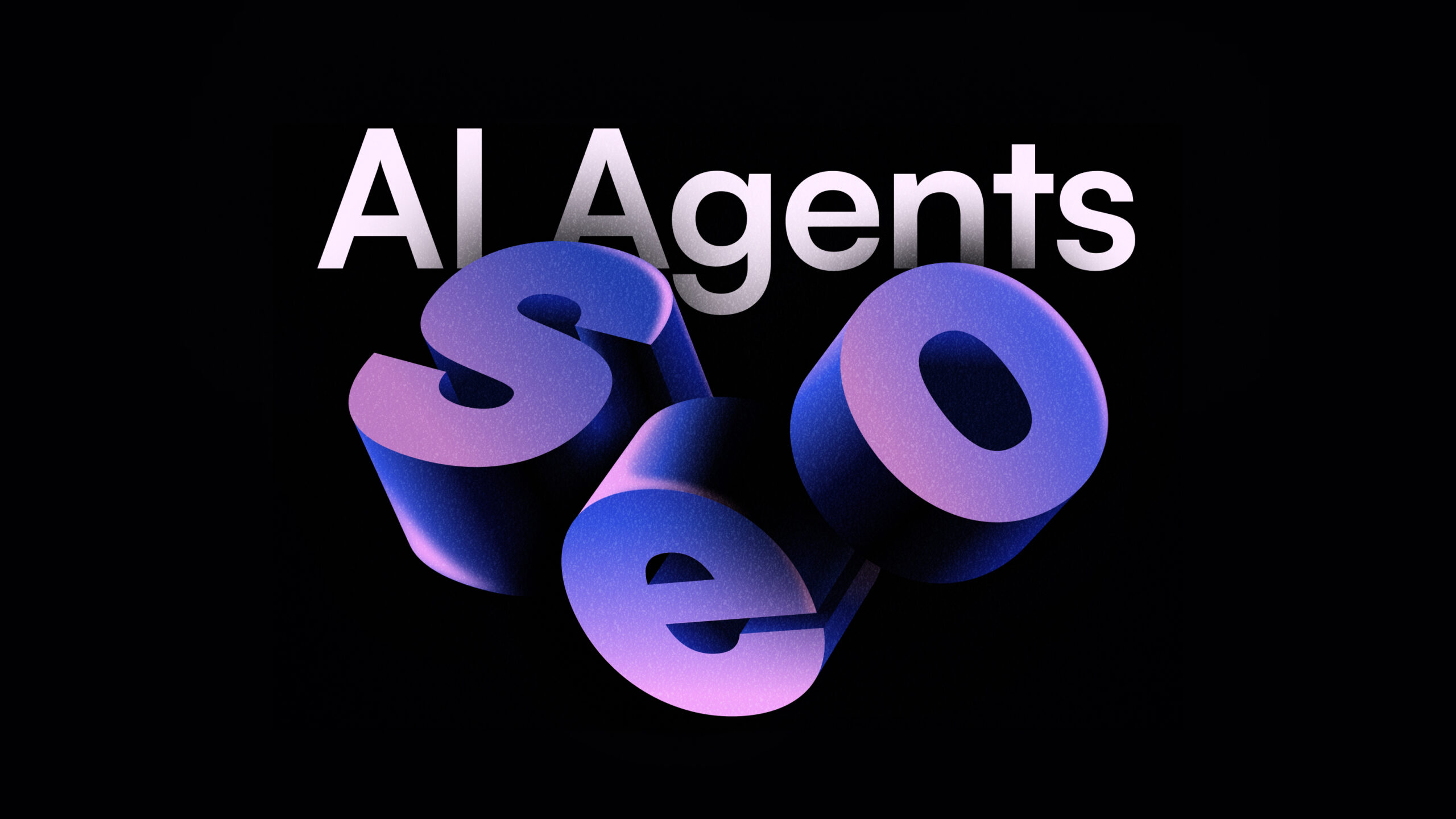
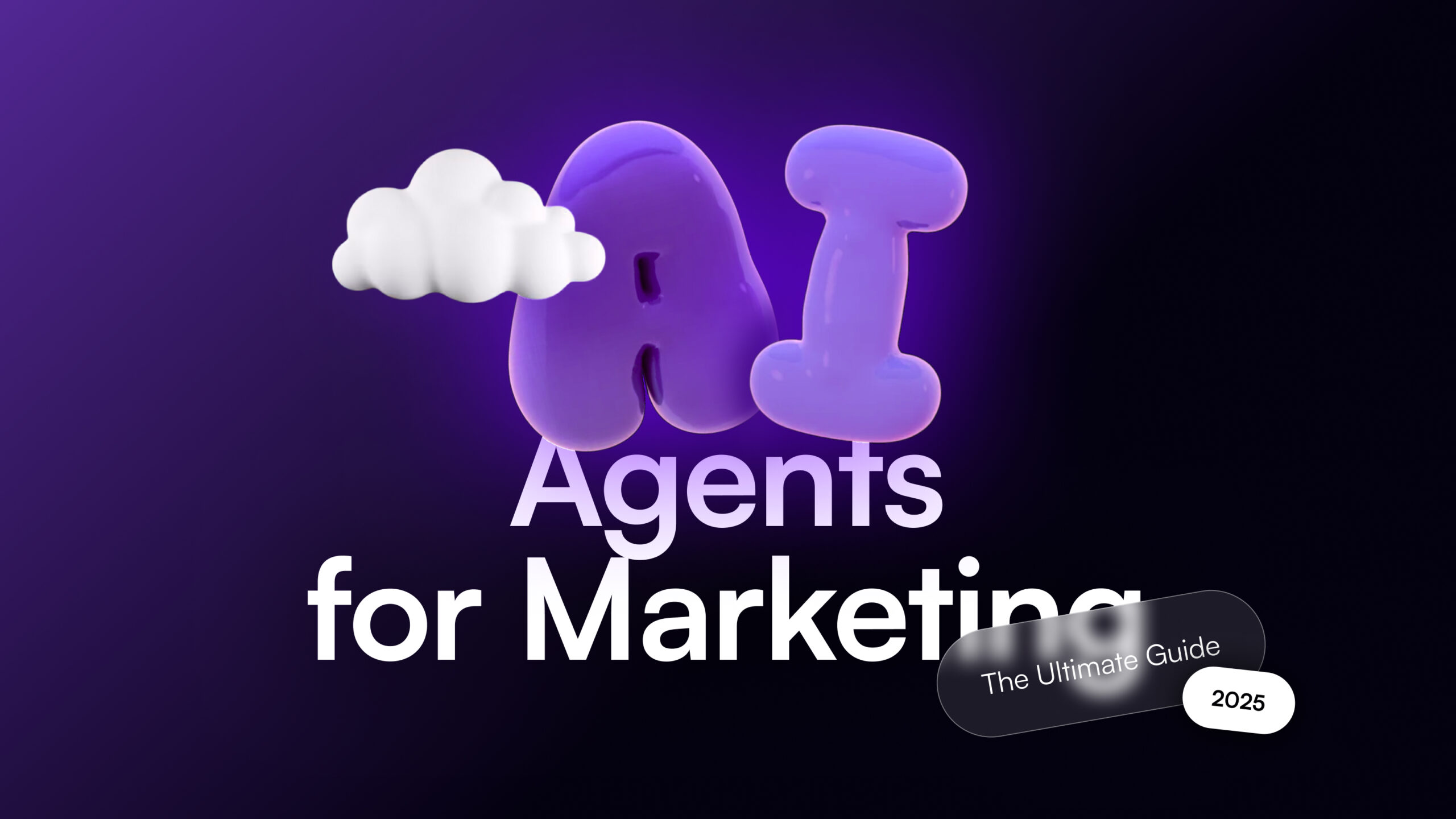
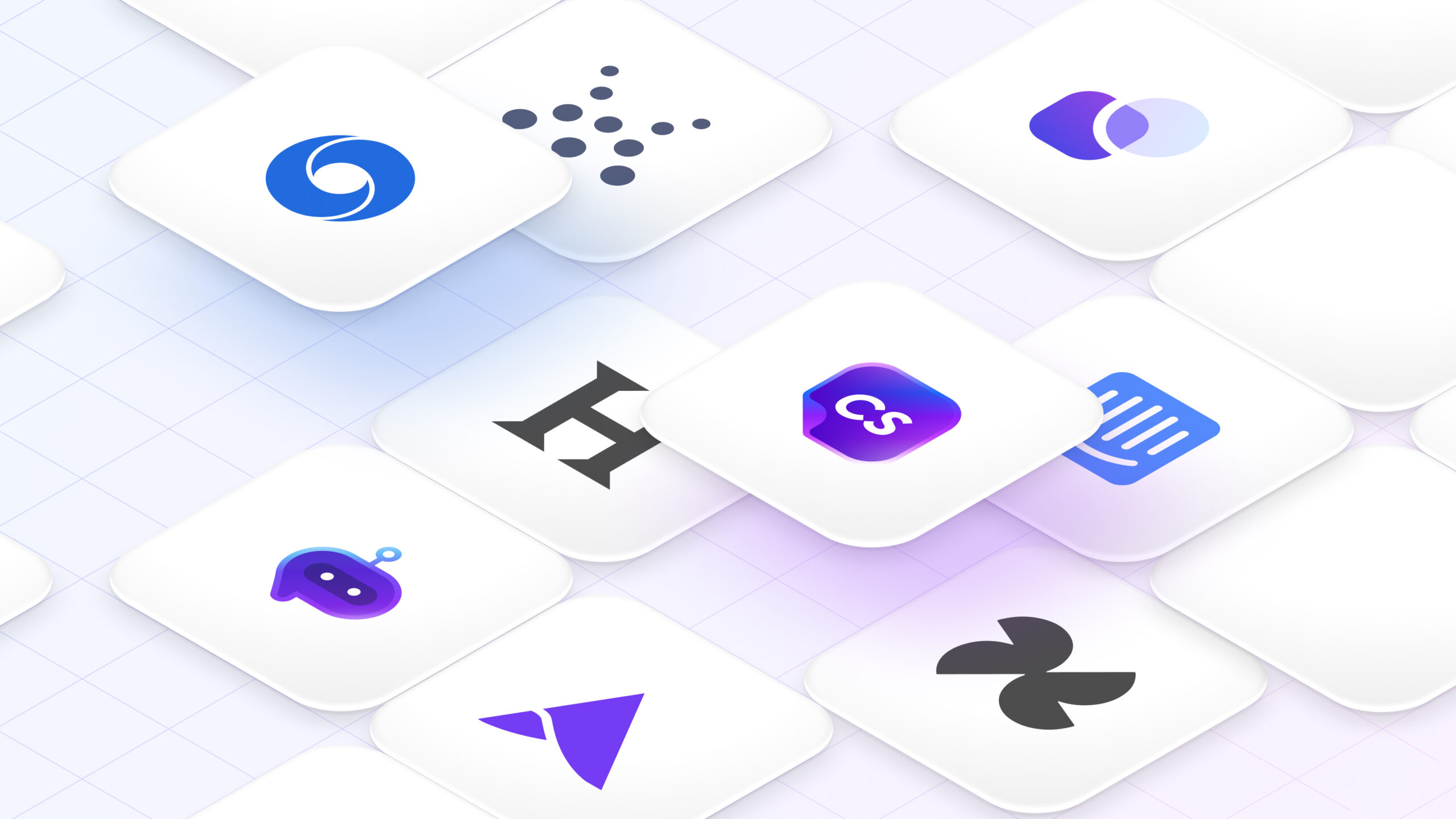
![40 AI Agent Use Cases Across Industries [+Real World Examples]](/wp-content/uploads/AI-Agent-Use-Cases-1-scaled.jpg)
